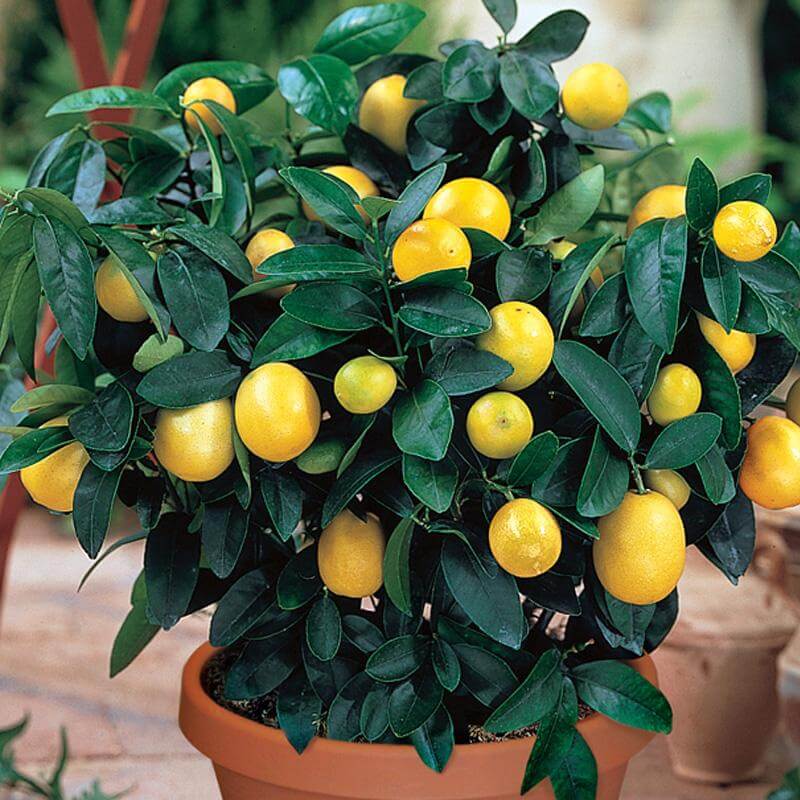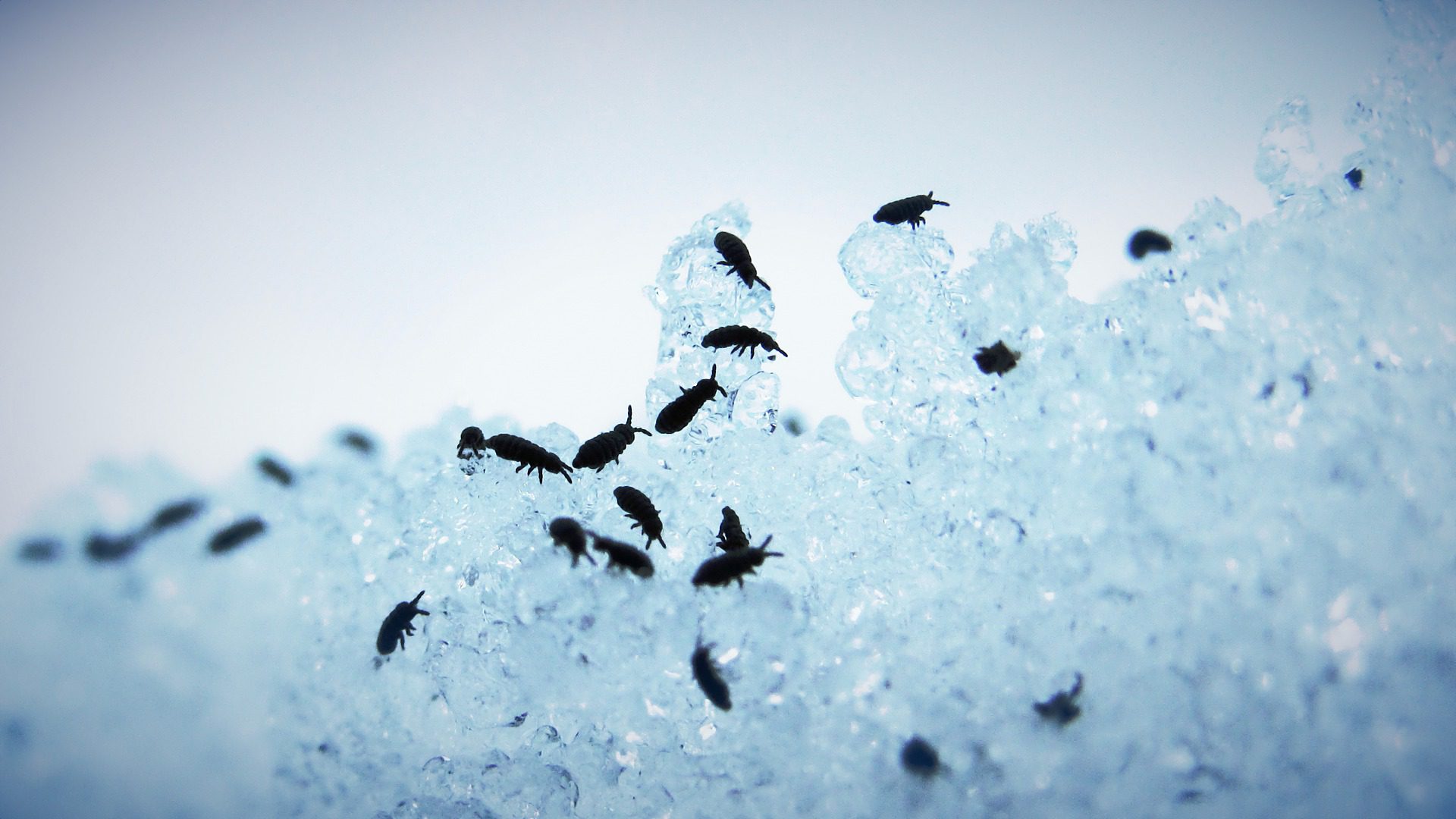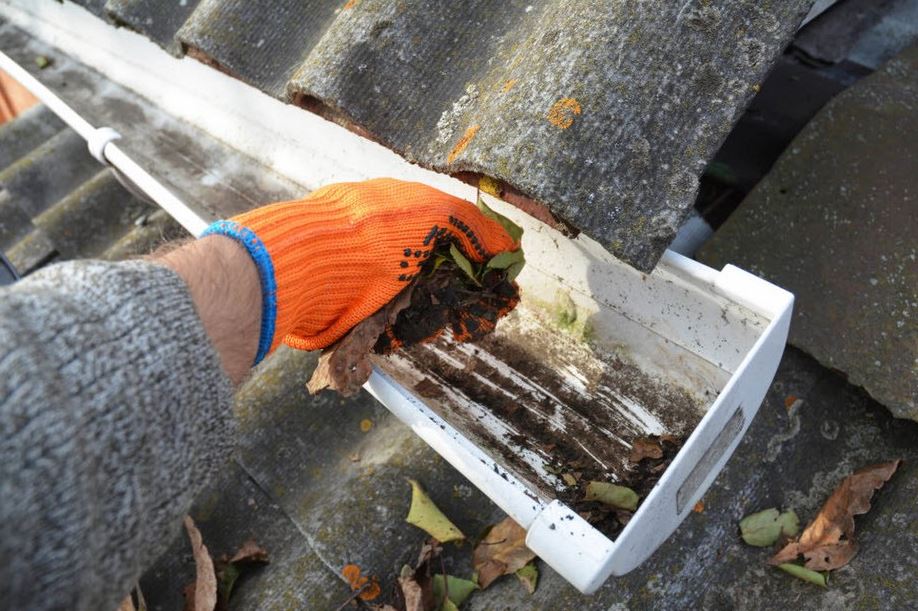
After knowing the cause of the tree not bearing fruit, it is also necessary to know how to make the lemon tree bear fruit quickly. Lemon trees will bear fruit at the age of 1-2 years. But there are several ways to care for lemon trees so that they bear fruit quickly, such as how to make fertilizer so that the plants bear fruit quickly .
1. Trimming
Not all twigs or branches that grow on a lemon tree can produce fruit. In its growth, lemon trees often release water branches or twigs that actually consume plant energy.
These twigs usually grow in the middle of the stem or rootstock. These twigs or branches should be trimmed so as not to interfere with plant growth like how to care for a flowering durian tree . In addition to beautifying the tree, this pruning also avoids wasting plant energy for fertilization. This pruning should be done frequently and do not wait too long since the branches are out.
2. Fertilizer Utilization
The fertilizer needed to help the formation of flowers on lemon trees is a fertilizer with a high phosphorus content. Generally, phosphorus fertilizers are found in TSP fertilizers or NPK compound fertilizers that are given through the roots, lest the plants have NPK nutrient deficiency characteristics .
Fertilization is done by making a circular hole around the tree. Then put the fertilizer into the hole and backfill. Then the soil is watered so that the fertilizer dissolves and seeps into the soil.
In addition, fertilizer can also be given to the leaves. The foliar fertilizers used are Gandasil B, Gandapan, Foliar, Growmore, Hiponex, and various other brands with high phosphorus content. Fertilizer is applied once a week. Spraying is carried out until the plant produces flowers.
3. Water Stress
Water stress can be done on lemon plants grown in pots. Planting lemon trees in pots has the advantage of changing the water regulation to stimulate fruiting and this water stress technique is difficult to apply in soil.
Trees that will be subjected to water stress should be trees that are in a healthy and fertile condition. Because after water stress, the plant must have the nutrients and energy to form flowers and fruit. If the plant is not healthy and fertile, then the flowers that come out will quickly fall.
The steps for performing water stress are as follows:
Two weeks before water stress, fertilize lemon plants using high phosphorus NPS.
Two weeks after fertilizing, place the plant in an open area that is exposed to direct sunlight every day.
Leave the plant without watering at all for approximately 1-2 weeks until the plant is almost wilted and stressed, but not to death.
After stress, plants are given water continuously. If the weather is hot then give water three times a day. Do normal watering after 2 weeks.
Within 2 – 3 weeks after water stress, lemon plants will usually produce new shoots along with flower buds. After the flowers appear, the soil must be maintained so that it is not too wet or too dry which can cause the flowers to fall off.
4. Injuring the Tree Trunk
Injuring tree trunks is often done on manga trees that do not bear fruit when they are more than 4 years old. This method can also be applied to lemon trees, but it is recommended to use this technique as a last resort.
A common way to injure the stem is to tie the plant tightly with wire until the bark is cut and through the trunk. Another way is to peel off the skin of the plant so that the cambium is visible. This method will cause inhibition of the carbohydrate delivery process from the plant to the roots resulting in the accumulation of carbohydrates in the stems, twigs, and leaves. This hoarding will cause the appearance of flowers and fruit. Read about Meyer lemon tree Care.



More Stories
Timber Dining Tables | Why They Should Be Your Number 1 Choice
How to Use Microwave with Oven Functions for Quick and Easy Cooking
Jersey Shore condo to Beach Townhouse Update